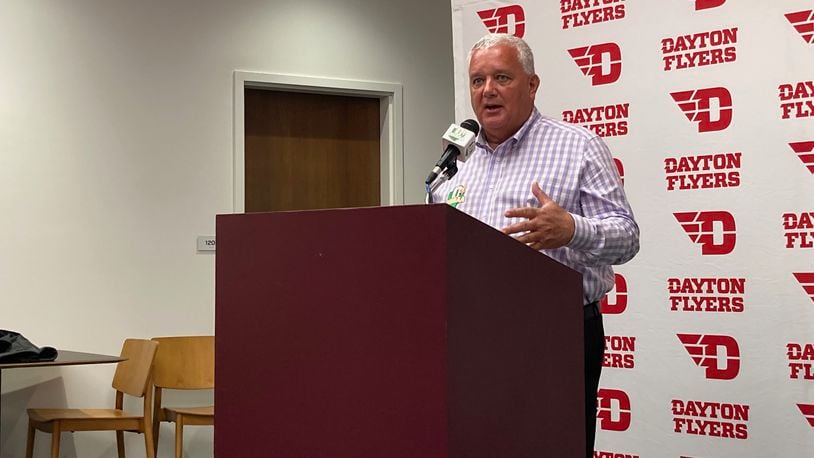“It’s been a decade-plus that our office has been discussing this with our member schools, and in particular if you look at Division I in those competitive balance sports the disparity from the top to the bottom is more than the other divisions,” Ute said. “And we felt like we really needed to fix that for our student-athletes and appreciate the process we went through.”
Here are five things to know the change:
1. Girls volleyball, girls and boys basketball, softball and baseball will all have seven divisions next season.
Girls and boys soccer will have five divisions, and in all cases the top two divisions will have 64 teams apiece.
After that, the remaining schools will be distributed roughly evenly among the remaining divisions, as they are now.
That is expected to mean about 125 teams per division in basketball.
Football will remain at seven divisions, and the board will continue discussing changes for other sports, including track and field.
2. The main driver was the disparity in sizes of schools in Division I.
Currently, divisions are all distributed evenly with the exception of football, where Division I was split up in 2013, adding a seventh division.
In boys basketball this year, Division I consists of schools with 346 boys or more, but a handful of schools have more than 1,000 boys.
Such a disparity does not exist in the other divisions, where the spread is 193-345 for Division II, 121-192 in Division III and 120 and below for Division IV.
3. The decision to jump from four to seven divisions in some sports was a result of math.
The OHSAA looked at how schools would be distributed if going to five, six or seven divisions and found no signifiant difference with the first two options for basketball, softball, baseball and girls volleyball.
Ute said Ohio will still be on the high end of schools per division compared to other states they studied.
4. The state championship weekends are going to look different.
Instead of playing the semifinals and finals at one site over the course of three days, basketball and volleyball state semifinals will likely be played at school sites, but the logistics are still to be worked out for each sport.
“Soccer is really one that we can learn from because those semifinal games are played out around, and I would very much think they’ll look like a regional final with similar sites if not the same sites,” Ute said. “Then just play that state semifinal game and then come to Dayton, if we’re talking about basketball, and playing seven championship games.”
Ute suggested all seven basketball tournament games would be held at UD Arena over a two- or three-day span, similar to the current setup for the football state championships in Canton.
“We’ve had that discussion with UD for basketball. We’ve had a discussion with Wright State for volleyball, and we really want to go a little bit more and get feedback from the coaches association with that,” Ute said. “I think when you look at seven games, as an example, you really think about wouldn’t it be nice to do a three (games) then four on Friday and Saturday so the general fan or the school can spend less money when they’re down there. They don’t have to stay two nights in a hotel and stretch that out over three days instead of two.”
5. Ute disputed the idea these changes were motivated by money.
This has been a common critique, at least on social media, but Ute said whatever revenue might be added by playing more state title games would likely be offset by an increase in expenses, including reimbursements for schools that reach the regional level.
“Everything we do in here is about students and their experience, and I can say this with all certainty: We’ve not really talked about finances on this other than some questions we got from our member schools and some media along the way,” Ute said.
About the Author
